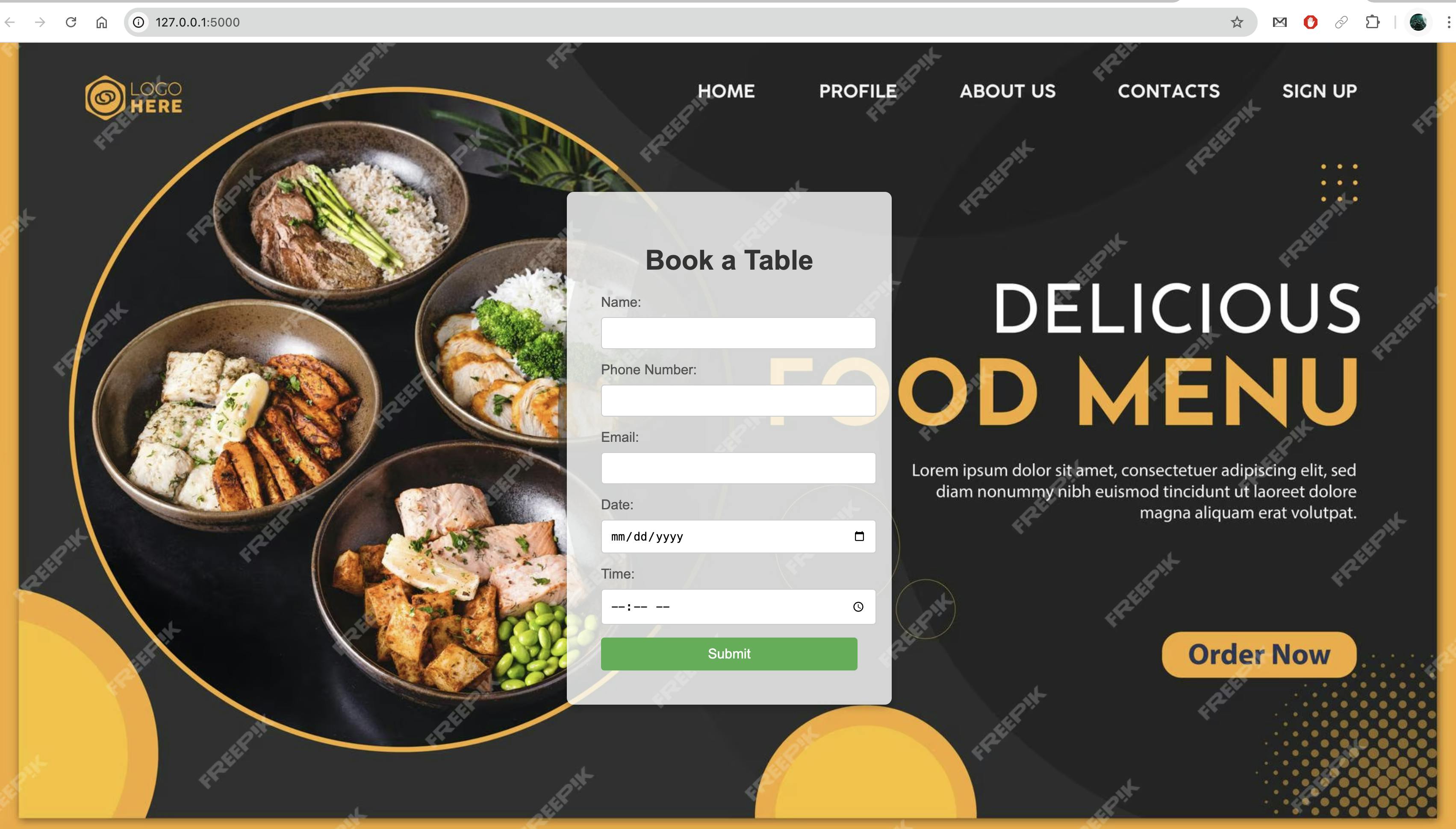Building a Web Server with Python and Flask
The digital age demands dynamic and interactive web experiences. Building a web server is the cornerstone of this digital landscape, enabling you to create applications that go beyond static HTML pages. Python, with its elegant syntax and extensive libraries, provides a powerful foundation for web development. Flask, a lightweight and versatile microframework, further simplifies the process. By combining the flexibility of Python with the streamlined approach of Flask, developers can quickly and efficiently construct robust web servers. This journey delves into the core concepts of web development, from handling HTTP requests and responses to routing and templating, empowering you to build engaging and functional web applications that can connect and inform the world.
“The web is becoming the town square for the global village of tomorrow.” – Bill Gates
Prerequisites
Install Flask using pip:
pip install flask
The Code
Below is the complete code for a simple Restaurant reservation system:
from flask import Flask, render_template, request
app = Flask(__name__)
@app.route('/')
def index():
return render_template('index.html')
@app.route('/submit', methods=['POST'])
def submit():
# Extract form data
name = request.form['name']
phone = request.form['phone']
email = request.form['email']
date = request.form['date']
time = request.form['time']
# Create a message for the result page
message = (
f"Hello, {name.split()[0]}! Your reservation has been booked for {date} at {time}. "
f"A reminder has been sent to {phone} and {email}"
)
return render_template('result.html', message=message)
if __name__ == '__main__':
app.run(debug=True)
- Importing Flask Modules: We start by importing the necessary modules from Flask. Flask is the main class for our application, render_template is used to render HTML templates, and request is used to handle incoming form data.
- Creating the Flask App: We create an instance of the Flask class, which will be our WSGI (Web Server Gateway Interface) application.
- Defining Routes:
- Index Route (‘/’): This route renders the
index.htmltemplate, which should contain the form for users to input their reservation details. - Submit Route (‘/submit’): This route handles the form submission. It extracts the data from the form using
request.formand constructs a confirmation message. The message is then passed to theresult.htmltemplate for rendering.
- Index Route (‘/’): This route renders the
- Running the App:
python app.py
Debug Mode: If your app.py includes app.run(debug=True), the server will start in debug mode, which is useful for development. It provides detailed error messages and automatically reloads the server when you make changes to your code.
Port and Host: By default, Flask runs on http://127.0.0.1:5000/. If you need to change the host or port, you can modify the app.run() call in your app.py:
if __name__ == '__main__':
app.run(host='0.0.0.0', port=8000, debug=True)
Index.html
The index.html file serves as the user interface for the reservation system, featuring a form where users can input their details such as name, phone number, email, date, and time for booking a table. It is styled with CSS to provide a visually appealing and user-friendly experience. Upon submission, the form data is sent to the server for processing.
Restaurant Table Booking
Result.html
The result.html file displays a confirmation message to the user after the form is submitted. It dynamically shows the reservation details, confirming the booking and assures that a reminder has been sent to the provided contact information
Reservation Confirmation
Closing Thoughts
We’ve delved into the core principles of web development, from handling HTTP requests to rendering dynamic content, laying a solid foundation for future endeavors. The web is a constantly evolving landscape, brimming with opportunities for innovation and creativity. Embrace this challenge, continue to explore the vast possibilities of web development, and contribute to the ever-growing tapestry of the internet


